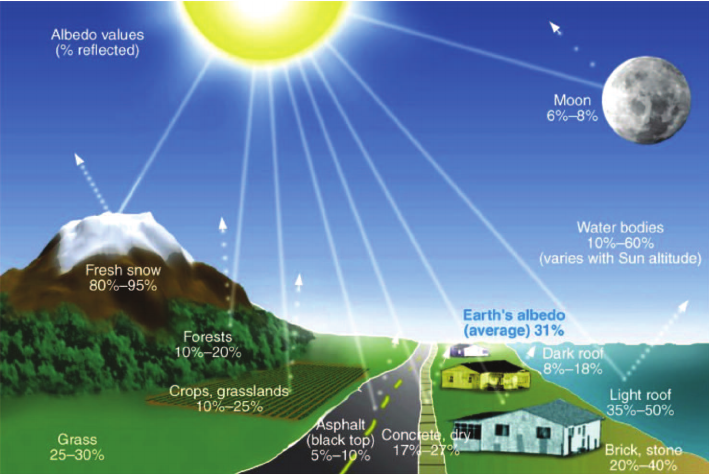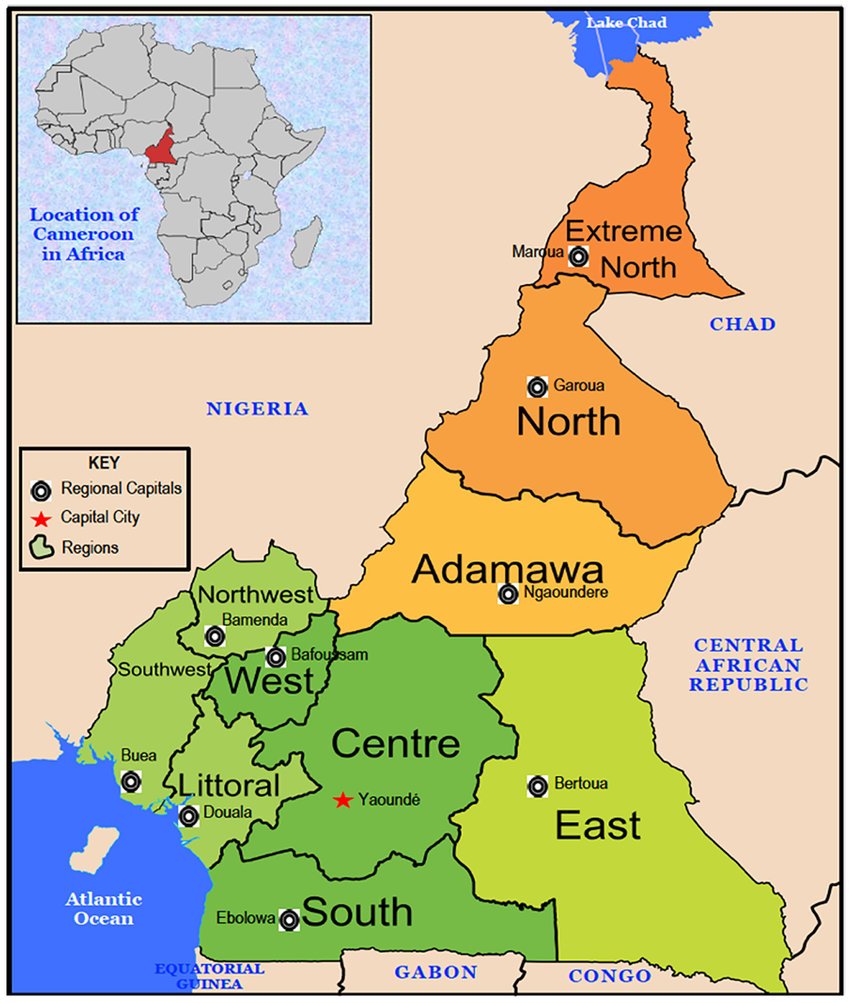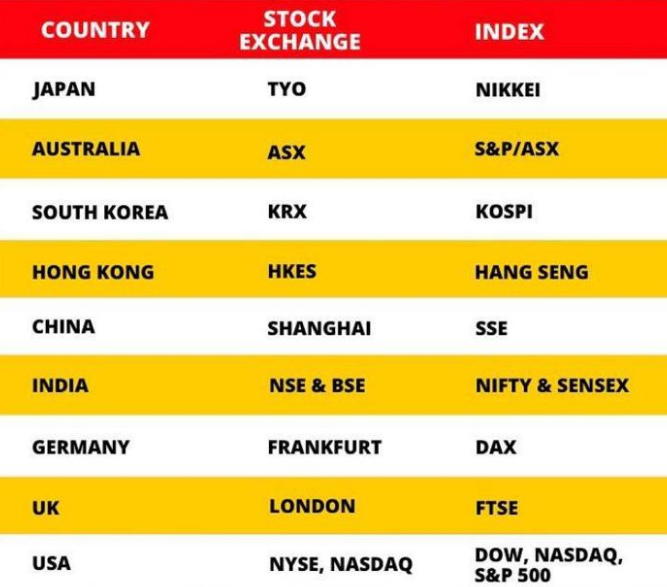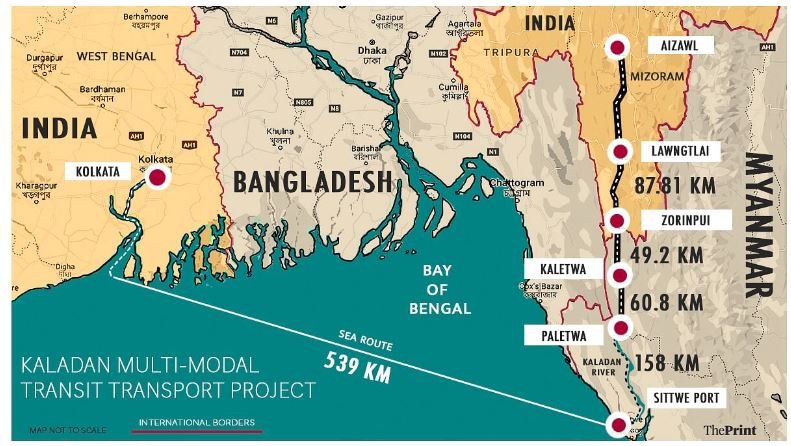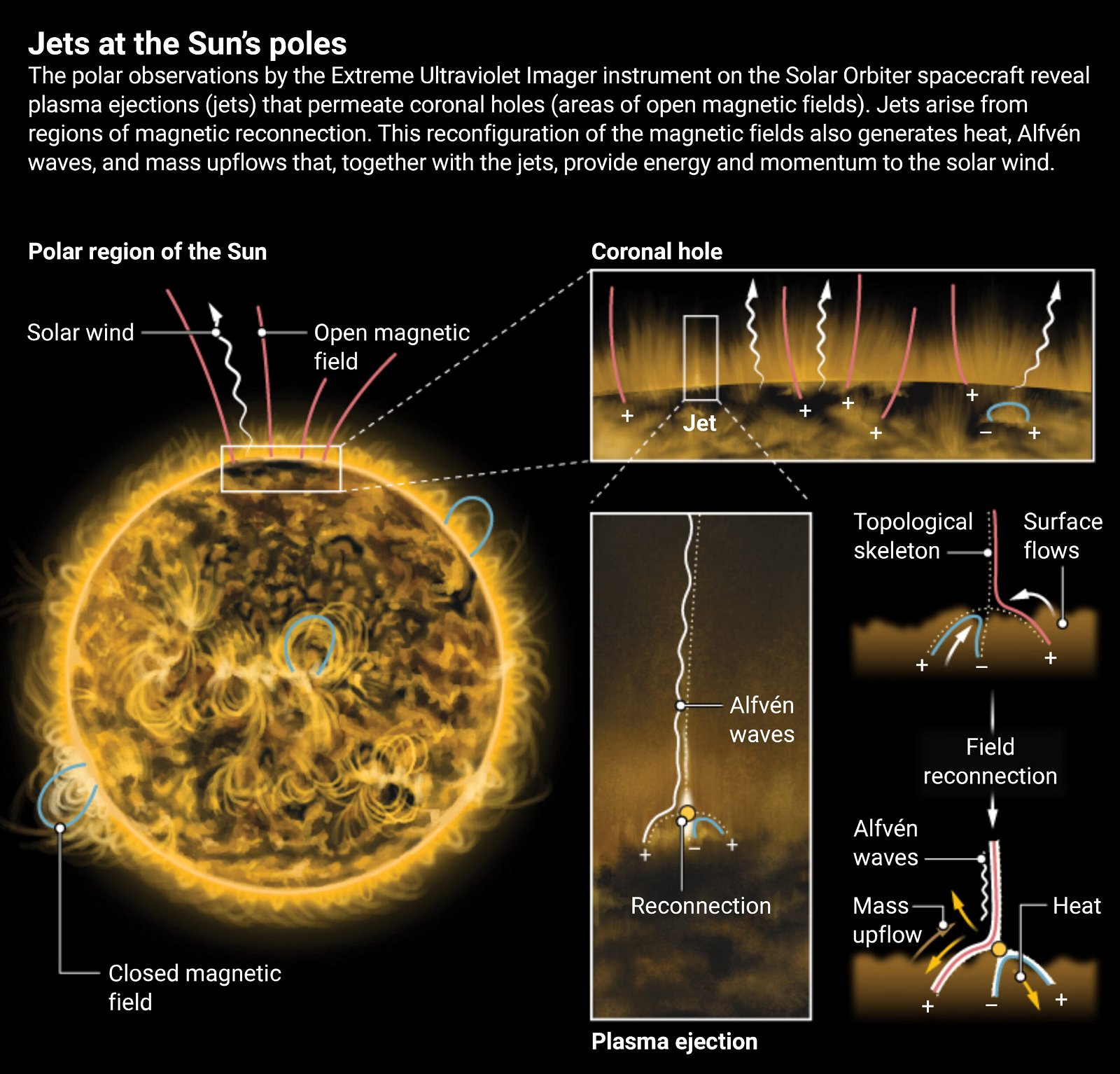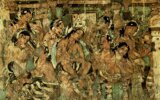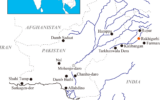
Current Affairs for UPSC Civil Services Exam – May 31, 2024
Subscribers of "Current Affairs" course can Download Daily Current Affairs in PDF/DOC
Subscribe to Never Miss an Important Update! Assured Discounts on New Products!
Must Join PMF IAS Telegram Channel & PMF IAS History Telegram Channel
{GS1 – A&C – Architecture} Virupaksha Temple *
- Context (IE): Saalu Mantap, pavilion of Virupaksha Temple in Hampi collapsed following Torrential rains.

Credits: Wikipedia
About Virupaksha Temple (Also Pampapathi Temple)
- It dates back to the 7th century AD, built by early rulers of the Chalukya dynasty.
- The temple was expanded by Lakkan Dandesha, a chieftain under the rule of Deva Raya II (Prauda Deva Raya) of the Vijayanagara Empire. Later, during the reign of King Krishnadevaraya in early 16th century.
- The temple is dedicated to Lord Shiva, known here as Virupaksha/Pampa pathi (worshipped in the form of linga), as the consort of the local goddess Pampadevi, who is associated with the Tungabhadra River.
- Hampi, including the Virupaksha Temple, was declared a UNESCO World Heritage Site in 1986.
- It is also part of the ‘Adarsh Smarak Yojana’.
Adarsh Smarak Scheme
|
Architectural Features of Virupaksha Temple
- The builders utilised physics principles and concepts of maths to construct the temple, such as Rectilinear Light Theory, fractals, geometry and the Fibonacci number sequence.
- An interesting part of the structure is the inverted pinhole image of its tower present on the inner wall.
Major Dravidian architectural features of the Virupaksha Temple
Gopurams (Temple Towers)
- Main Gopuram: The eastern entrance of the temple features a monumental nine-story gopuram (tower) intricately decorated with sculptures depicting Hindu myths and deities.
- Smaller Gopurams: Other entrances are also marked by smaller but similarly elaborate gopurams.
Mandapas (Pavilions)
- Ranga Mandapa: Added in 1510 by King Krishnadevaraya, this area features intricate pillars and carvings of mythical creatures and deities used for temple ceremonies and performances.
- Open Pillar Hall: This is a large hall with rows of intricately carved pillars depicting mythological scenes.
- Kalyana Mandapa: This area is used for celebrating the annual marriage festival of the deities, reflecting both architectural grandeur and cultural significance.
Sanctum Sanctorum (Garbhagriha)
- Main Shrine: The innermost sanctum houses the sacred Linga of Lord Virupaksha (Shiva).
- Lesser Sanctums: Smaller shrines dedicated to other deities surround the main sanctum.
Pillars and Sculptures
- Carved Pillars: The temple’s pillars are renowned for their detailed carvings, which depict scenes from Hindu mythology, including episodes from epics like the Ramayana and the Mahabharata.
- Artistic Themes: The sculptures include divine figures, mythological animals, and scenes from daily life, showcasing the craftsmanship and artistic sensibilities of the era.
Water Structures
- Sacred Tank: A sacred water tank within the complex is used for religious rituals and ceremonies.
Group of Monuments at Hampi
- Group of monuments at Hampi (Karnataka) is a UNESCO World Heritage Site.
- Once the Vijayanagara Empire’s capital, Hampi holds historical and archaeological significance.
- Craggy hills and the Tungabhadra river on the north provided a natural defence for the capital city.
- They have Vijayanagara architecture, a synthesis of the Dravidian style & Indo-Islamic influences.
- The Hampi ruins were uncovered in 1800 by Colonel Colin Mackenzie, an engineer and antiquarian.
Architectural Marvels
- The Vitthala Temple complex showcases intricately carved pillars and the iconic Stone Chariot.
- The Royal Enclosure with its majestic structures like the Lotus Mahal and Elephant Stables.
- The Hazara Rama Temple is known for its intricate stone carvings and sculpted panels.
- Notable Structures: Krishna temple complex, Narasimha, Ganesa, Hemakuta temples, Achyutaraya temple complex, Vitthala temple complex, Pattabhirama temple complex, and Lotus Mahal complex.
Also, refer to the article on Lambani Community, which is related to Hampi.
{GS2 – IR – Groupings} Colombo Process
- Context (IE): India will chair Colombo Process for 2024-26 for the first time since its inception in 2003.
- It is a regional consultative forum comprising 12 Asian nations concerning migration.
- The International Organization for Migration (IOM), Sri Lanka, provides technical and administrative support to the Colombo Process.
International Organization for Migration (IOM)
|
- Founders: Bangladesh, China, India, Indonesia, Nepal, Pakistan, Philippines, Sri Lanka, Thailand, Viet Nam.
- Observers include ADB, ASEAN, European Commission, ILO, International Committee of the Red Cross, IOM, SAARC, UNAIDS, UNDP, UN Women, World Bank, and Migrant Forum in Asia (MFA).
Thematic Priority Areas
- Skills and Qualification Recognition Processes
- Fostering Ethical Recruitment Practices
- Pre-departure Orientation and Empowerment
- Promote Cheaper, Faster and Safer Transfer of Remittances
- Labor Market Analysis
{GS2 – IR – India-Pakistan} Lahore Declaration 1999
- Context (MINT): Former Pakistan PM accepted that Pakistan violated the 1999 Lahore Declaration.
- It was signed between Indian PM Atal Bihari Vajpayee & then Pak PM Nawaz Sharif in February 1999.
- Just months later, the Pakistani forces started their manoeuvres in Kargil in May 1999.
Key highlights of the 1999 Lahore Declaration
- Nuclear and Conventional Safety: Both emphasised the need to reduce the risk of accidental or unauthorised use of nuclear weapons.
- Kashmir issue: India and Pakistan agreed to intensify their efforts to resolve all conflicts related to Kashmir through proper diplomatic channels.
- Confidence-Building Measures: Also agreed to keep the channels of communication open and engage in a structured dialogue to address all issues of concern to build mutual confidence.
- Commitment to multilateralism: Both emphasised their commitment to the South Asian Association for Regional Cooperation (SAARC).
- Terrorism: The Lahore Declaration also called for strict actions against all stakeholders of terrorism.
{GS2 – Social Sector – Health} Dementia
- Context (TH): Alzheimer’s Disease International (ADI) has called for a 10-year extension to WHO’s global action plan on the public health response to dementia launched in 2017.
- Dementia is an umbrella term for several diseases affecting memory, other cognitive abilities and behaviour that interfere significantly with a person’s ability to maintain their activities of daily living.
- Most common forms of dementia:
- Alzheimer’s disease: The most common form of dementia and may contribute to 60–70% of cases.
- Vascular: It occurs when there is a lack of blood flowing in the brain. It affects decision-making and the ability to recognise things.
- Lewy bodies: Small round lumps of protein (Lewy bodies) build up inside the brain’s nerve cells, disrupting communication.
- Causes: It results from the progressive death of brain cells and neurons. It develops and worsens over time. It can also result from head injuries, stroke, brain tumours, etc.
- Symptoms: Short-term memory problems, confusion and disorientation, losing or misplacing things, losing track of time, difficulty in making decisions, etc.
- There is no cure for dementia. Being physically active and taking part in activities and social interactions that stimulate the brain and maintain daily function can promote well-being.
Prevalence of dementia
- Currently, more than 55 million people have dementia worldwide, with over 60% living in low & middle-income countries. WHO estimates the number to increase to 78 million by 2030 & 139 million by 2050.
- Women are disproportionately affected by dementia, both directly and indirectly. Women experience higher disability-adjusted life years (DALY) and mortality due to dementia, but also provide 70% of care hours for people living with dementia.
- Dementia is currently the seventh leading cause of death and one of the major causes of disability and dependency among older people globally.
In India
- India lacks an exclusive policy for dementia support. Dementia, in India, is referred to in an existing grouped health plan but not as a separate health condition.
- India, however, has committed funding for some of the seven action areas outlined in the WHO global action plan on dementia.
- Other BRICS countries such as Brazil, Russia and China already have dementia action plans in place.
- Current prevalence rate: 7.4% among those aged 60 years and above. It is projected to increase to 1.69 crore by 2036 from 88 lakh (2016) in the country.
Global action plan on the public health response to dementia 2017-2025
- It was adopted by World Health Organization Member States at 70th World Health Assembly in 2017.
- It aims to improve the lives of people with dementia, their families and the people who care for them, while decreasing the impact of dementia on communities and countries.
- 7 action areas of the plan:
- Dementia as a public health priority
- Dementia Awareness and Friendliness
- Dementia risk reduction
- Dementia diagnosis, treatment, care and support
- Support for dementia carers
- Information systems for dementia
- Dementia research and innovation.
Alzheimer vs Dementia
| Basis of Distinction | Dementia | Alzheimer |
| Definition | A brain-related disorder caused by disease and other conditions. | A particular and most common type of dementia. |
| Causes | Many, including Alzheimer’s disease, stroke, thyroid issues, vitamin deficiencies, brain tumours, etc. | Unknown, but the ‘amyloid cascade hypothesis’ is the most commonly discussed hypothesis today. |
| Duration | Permanent damage that comes in stages. | Average of 8 to 20 years. |
| Age of onset | 65 years and older. | 65 years but can occur as early as 30. |
| Symptoms | Issues with focus, memory and attention, visual perception, judgement and comprehension. | Difficulty remembering newly learned information. |
{GS3 – Envi – Conservation} Elephant spat between Botswana and Europeans **
- Context (DTE): The German environment ministry suggested stricter restrictions on the importation of wildlife hunting trophies. Botswana threatened to send elephants to the European country in reaction.
- Earlier, Thousands of Batswana (citizens of Botswana) marched to the British High Commission in protest against a draft law to ban the importation of hunting trophies into the United Kingdom.
|
According to an IUCN 2021 assessment, the savannah elephant is endangered and faces an extremely high risk of extinction in the wild.

Human-wildlife conflict (HWC) in Botswana
- Botswana has the world’s largest elephant population of 132,000, and its citizens complain of being crowded out by these jumbos. In many places, elephants are more than the human population.
- Damage to crops, properties, and life extends to the state of curfew at night.
- Exceeds ecological capacity: Botswana struggles to manage its elephants, which are nearly three times the country’s ecological carrying capacity.
- Ivory trade: Elephants are ruthlessly poached for their ivory in Botswana.
Efforts to tackle elephant overpopulation
- Donation to neighbouring countries: Botswana recently donated 8,500 elephants to Angola and Mozambique, which lost their entire elephant populations during the civil war.
- In 2019, Botswana lifted a trophy hunting ban previously imposed to control its elephant population.
- After the trophy hunting ban, a shift to photographic tourism led to reduced tourism and negative attitudes towards wildlife conservation.
- However, critics argue that trophy hunting does not solve an overpopulation issue. It only targets the largest and most impressive specimens, depleting the strongest genes of the elephant population.
Trophy hunting
- Endorsed by the IUCN as a wildlife conservation method. If used correctly, hunting is very selective. Only non-gene pool critical individuals are sold for the purpose of hunting.
- Batswana communities receive about $5 million annually from trophy hunting, which goes towards conservation efforts mitigating the effects of HWC and compensation to victims.
- Experts argue five-year (2014-19) ban was not a decision informed by any scientific evidence.
- Post-ban, the only option is to cull hundreds of elephants to ensure the safety of the current human population and property.
Conflicting African perspective
- Six southern African countries have more than 70 per cent of the total population, while the rest are battling to save theirs from extinction.
|
- Kenya, Uganda and Rwanda are anxiously trying to stabilise and increase their own dwindling elephant numbers, thus opposing trophy hunting.
- The Southern African nations have always complained that Western nations should allow the ivory trade within the CITES framework as the solution to elephant poaching.
Note: Also important for GS4, a typical example of the citizen versus biodiversity conservation debate.
{GS3 – IE – RBI} Draft guidelines for project financing **
- Context (IE): Recently, the RBI released draft regulatory guidelines for bank lending towards infrastructure projects. It is the RBI’s first-ever attempt.
- Entities Covered: Commercial banks, Non-banking financial institutions, Urban cooperative banks, and Financial institutions (NABARD, National Housing Bank).
Implications
- Negative Reaction from the Stakeholders: The Indian Banks’ Association (IBA) is writing to the RBI to appeal against the proposed rules, and bank officials are planning to approach the Finance Ministry.
- Market Impact: Drop in the banking sector and renewable energy stocks.
Project Finance Overview
- It is a credit facility with a specific financial structure that funds infrastructure development, large-scale industrial undertakings, and real estate projects.
- It involves creating a special-purpose vehicle (SPV) for funding. This entity raises funds (debt and equity) independently, and these are secured on the promise of future cash flows from the project rather than the creditworthiness of the sponsoring entities.
Draft guidelines
- It covers the entire life cycle of a project (from design to operation) and introduces several new requirements for lenders.
- Board-approved policy for resolving stressed assets.
- Constant monitoring of the project’s net present value (NPV).
- Provisioning of non-stressed assets.
- Creation and maintenance of project-specific databases.
|
Core issue: Increase in lenders’ provisioning requirements
Provisioning Requirements as per draft guidelines
- Construction Phase: 5% provisioning (set aside) of the funded amount.
- Operational Phase (when it starts generating cash flows): 2.5% provisioning. This can be reduced further to 1 per cent if the project generates cash flows sufficient to cover all repayment obligations and if its long-term debt is on a downward trajectory.
Lenders are concerned
- Banks are unhappy they prefer 1-2% initial provisioning. Current Requirement: 0.4%.
- Why are Banks concerned? Loan provisions are recorded as expenses in lenders’ income statements. Higher provisioning means higher expenses, which will adversely impact their profitability.
Other implications due to increase in provisioning
- Banks may increase the interest rates or fees on loans they provide to infrastructure projects to compensate for the reduced profits due to higher provisioning.
- Higher borrowing costs for projects mean that the total cost of financing the project goes up, making the project more expensive to complete.
- Renewable energy sectors are hit hardest due to low profit margins.
- High project-specific provisioning requirements, in addition to existing Basel III capital requirements, might compound the negative impact on bank lending for such projects.
Issues in Basel III framework noted by Global Infrastructure Hub
|
Why RBI has proposed increased provisioning requirements?
- Infrastructure projects are inherently complex, require large amounts of money (capital outlays), and take a long time to complete (significant gestation periods). They involve many different parties (contractors, government bodies, financiers, etc.).
- They are, therefore, subject to multiple categories of risks.
- Project-specific Risks: Delays, Cost Overruns.
- Macroeconomic Risks: Difficulty in securing the necessary funds, Interest Rate risk.
- Political/Regulatory Risks: Cancellation of permits and change in regulatory measures.
- Even government-funded projects face these risks. For instance, as of March 2024,
- 42% of the Union government’s projects experienced delays.
- 24% of these projects went over budget (cost overruns).
- If large infrastructure projects fail, these risks can have a domino effect on the economy. For example, in the 2010s, India faced the “twin balance sheet problem” due to failed infrastructure projects.
- Consequences: Companies reduced their investments due to financial difficulties, and banks became cautious and slowed down lending. Both these factors hinder economic growth.
- To avoid repeating these problems, the RBI introduced strict rules. By doing so, the RBI seeks to maintain financial stability and prevent economic disruptions caused by failed projects.
{GS3 – S&T – Space} EarthCARE Mission
- Context (BBC): The EarthCARE (Earth Clouds, Aerosols, and Radiation Explorer) mission was launched by Falcon 9 from Vandenberg Space Force Base in California.
- JAXA dubbed the spacecraft Hakuryu or “White Dragon” because of the spacecraft’s appearance.
- EarthCARE is the second ESA-led mission to launch on a Falcon 9, after the Euclid space telescope.
- The EarthCARE mission is carried out by the Japan Aerospace Exploration Agency (JAXA) in cooperation with the European Space Agency (ESA) under ESA’s Earth Explorer Program.
- This mission aims to improve our understanding of how clouds and aerosols interact with solar and terrestrial radiation.
- Objective: To provide detailed vertical profiles of clouds and aerosols in the Earth’s atmosphere, study the impact of these elements on the Earth’s radiation budget, and use this high-resolution data to improve the accuracy of climate models.
- It will circle the Earth at a height of about 400km (250 miles).
- EarthCARE will undertake a sun-synchronous orbit with an altitude of 393.14 km and an inclination of 97.05°. The orbit will have a period of 92.5 minutes and a repeat cycle of 25 days.
- EarthCARE will carry four instruments onboard:
- The Atmospheric Lidar (ATLID) will provide vertical profiles of aerosols and thin clouds.
- The Cloud Profiling Radar (CPR) will provide vertical profiles of thicker clouds.
- The Multi-Spectral Imager (MSI), acting as a multi-purpose imaging radiometer, will provide visible light and infrared radiation measurements of the clouds and aerosols.
- The Broad-Band Radiometer (BBR) will provide radiation measurements from the top of the atmosphere.
Relationship between clouds, aerosols, and climate
- Clouds and aerosols have a dual impact on Earth’s radiative transfer.
- They reflect incoming sunlight, thus producing a cooling effect. Also, they absorb and re-radiate heat escaping from the planet below resulting in warming.
Clouds

Credit: ESA
- The type of cloud dictates whether the cooling or the warming effect dominates.
- The amount of heat trapped by high, thin clouds is greater than the amount of sunlight they reflect, so they amplify warming. The reverse is true for low, thick clouds, which enhance cooling.
- Currently, low clouds are more common than high clouds. Thus, the overall effect of having more cloud cover is that it cools the climate, offsetting some of the warming from greenhouse gases.
- As the climate changes, though, we expect to see more high clouds and fewer low clouds. This will reverse the overall effect. More cloud cover will then enhance the warming.
Aerosols
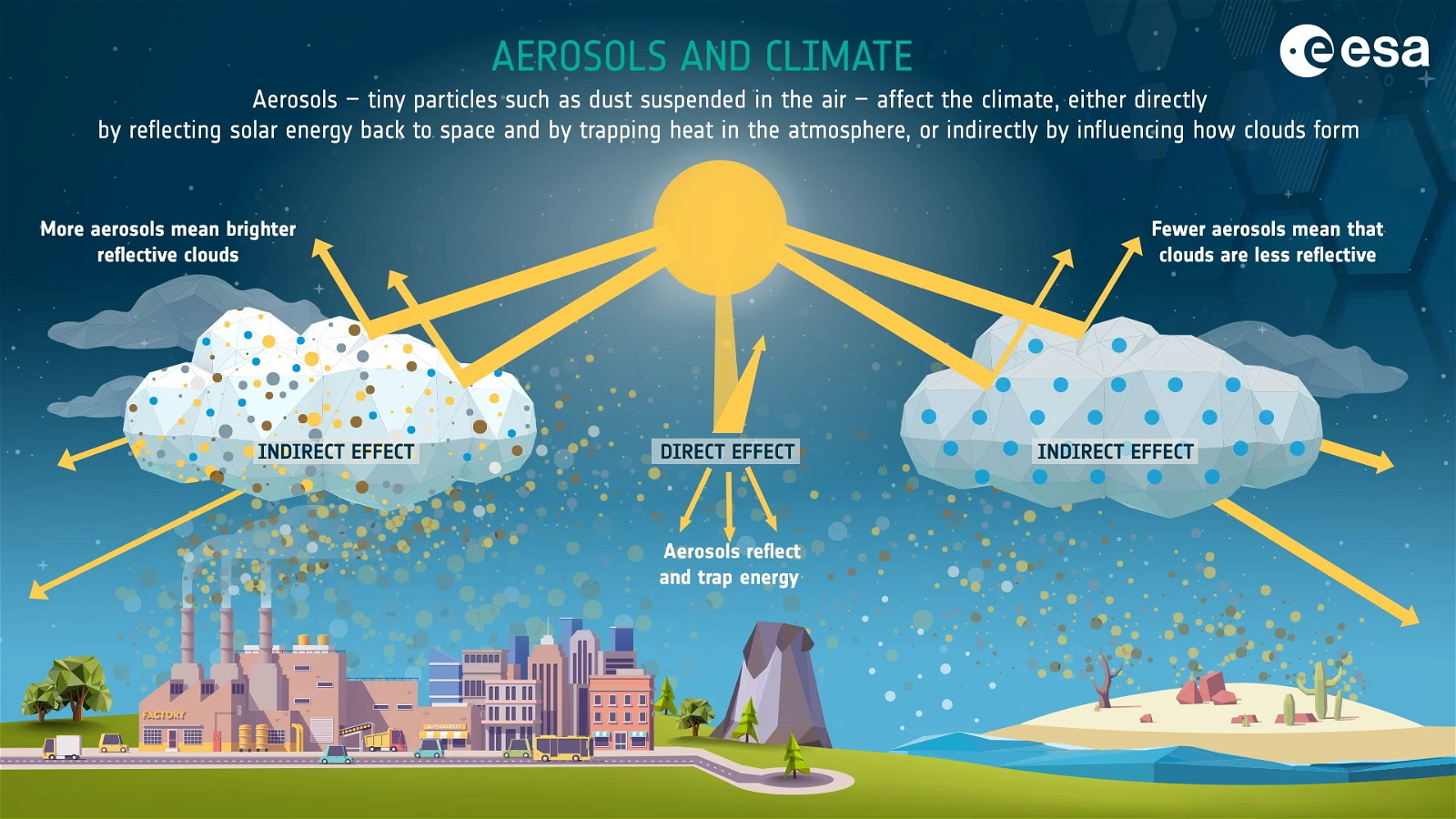
Credit: ESA
- The direct effect of aerosols is the same as clouds, both reflecting sunlight and absorbing and re-radiating infrared radiation. The more aerosols in the air, the greater the direct effects.
- Their greatest impact on the climate is through their indirect effects, as they act as cloud condensation nuclei — tiny bits of physical matter for water vapour to condense onto, resulting in cloud droplets.
- As long as there is ample water vapour available, more aerosols in the air result in more clouds and brighter cloud tops, allowing them to reflect more sunlight and have a stronger cooling effect.
{GS3 – S&T – Space} LignoSat: World’s First Wooden Satellite
- Context (NDTV): Kyoto University and the logging company Sumitomo Forestry in Japan have developed the world’s first wooden satellite, LignoSat.

Credits: NDTV
- LignoSat is scheduled to launch on a SpaceX rocket from the Kennedy Space Centre.
- The satellite is a mere 10 centimetres on each side and is crafted from magnolia wood, which was selected for its strength and workability.
- This wooden satellite would completely burn upon re-entry into Earth’s atmosphere.
- It will be delivered to the International Space Station (ISS), where it will be deployed for a series of tests to assess its strength and ability to withstand extreme temperature fluctuations.
{Prelims – Envi – Species} Musankwa Sanyatiensis
- Context (WION): Researchers have discovered the fossils of a completely new dinosaur species, Musankwa Sanyatiensis. on the shoreline of Lake Kariba in Zimbabwe.

- This is the fourth dinosaur species found in Zimbabwe.
- It is the 1st dinosaur named from the Mid-Zambezi Basin of northern Zimbabwe in the last 50 years.
- Rocks yielding the specimen date back to the Late Triassic period, approximately 210 million years ago
- Musankwa Sanyatiensis was a member of the Sauropodomorpha, which is a group of long-necked, bipedal dinosaurs that were widespread in the Late Triassic.
- This dinosaur appears to be closely related to contemporaries in South Africa and Argentina.
- Weighing in at around 390 kg, it was one of the larger dinosaurs of its era.
{Prelims – In News} Global Food Policy Report 2024 **
- Context (DTE): Global Food Policy Report 2024: Food Systems for Healthy Diets & Nutrition was released by the International Food Policy Research Institute (IFPRI) recently. It highlights that more people eat unhealthy foods like salty or fried snacks than nutritious foods like vegetables and fruits.
Key Insights on Dietary Habits in India
- 38% of Indians eat unhealthy foods; only 28% eat all five recommended food groups (fruits, vegetables, proteins, grains/starch, and dairy).
- The consumption of calorie-dense, nutrient-poor foods is high and increasing. After cereals and milk, snacks and prepared foods dominate Indian food budgets.
- Consumption of processed foods like chocolates, salty snacks, and beverages are rising in India. Packaged food spending doubled, reaching 12% of household food budgets.
- Wealthier households spend more on processed foods, potentially reducing healthier food consumption.
- Spending on Meals away from home rose from Rs 619 billion in 2015 to Rs 820 billion in 2019.
- Many countries face a double burden of malnutrition (undernutrition and micronutrient deficiencies with overweight and diet-related diseases).
- Over two billion people, especially in Africa and South Asia, can’t afford a healthy diet. Nearly 17% of Indians don’t get enough dietary energy for a healthy life.
South Asia
- Micronutrient-rich foods are expensive, whereas cereals, fats and oils, and sugar are relatively cheap.
- South Asia has the highest cost premium for nutrient-adequate diets. For instance, dark green leafy vegetables and vitamin A-rich foods cost 22 times more per calorie than starchy staples.
- Policies in South Asia prioritise starchy staples over diverse, healthy diets. For example, price guarantees for rice, wheat, and sugarcane in India. Sri Lanka offers subsidised fertiliser to rice farmers.
- Public investments focus on rice and wheat productivity, neglecting coarse grains and pulses.
Impact
- 16.6% of India’s population suffers from malnutrition due to poor diet. Malnutrition in India increased from 15.4% in 2011 to 16.6% in 2021.
- More than half of children under five and two-thirds of adult women face micronutrient deficiencies.
- High levels of undernutrition and micronutrient deficiencies coexist with rising overweight and obesity in South Asia, including India, Pakistan, and Afghanistan.
Way forward
- Urgent efforts are needed to transform global food systems for sustainable, healthy diets.
- Improving diets is critical for addressing malnutrition and diet-related diseases.
Learn in detail about ICMR’s Dietary Guidelines for Indians.
{Prelims – In News} Monsoon Croaks Bioblitz 2024
- Context (TH): The Centre for Citizen Science and Biodiversity Informatics under the Kerala Forest Research Institute (KFRI) is organising Monsoon Croaks Bioblitz 2024.
- Aim: To spark public interest in frogs and spread knowledge via social media.
- Bioblitz is an intensive survey to identify and document species in an area. Open to all ages; participants upload frog photos and sounds via the iNaturalist app. Observations contribute to the Global Biodiversity Information Facility (GBIF).
- Significance: It empowers communities to contribute to biodiversity conservation.
- Important species recorded: Critically Endangered Resplendent Shrub Frog, Endangered Malabar Torrent Toad, Small Tree Frog, Vulnerable Anaimalai Flying Frog, Near Threatened Purple Frog.
Facts
|
{Prelims – S&T – Defence} Multi-Mission Communication Satellite
- Context (IE): Pakistan recently launched the Multi-Mission Communication Satellite (PAKSAT MM1) from the Xichang Satellite Launch Center in Sichuan, China. It is part of Pakistan’s National Space Programme 2047.
- Purpose: It aims to provide faster internet connectivity across Pakistan. It will improve TV broadcasts, cellular phones, broadband services, e-commerce, and e-governance.
- Recent Space Activities: Recently, Pakistan launched the mini satellite ‘iCube-Qamar’ as part of China’s Chang’e-6 lunar mission. It sent the first-ever images of the moon from lunar orbit.
- Previous Space Assets: BADR-A, BADR-B, PAKSAT 1-R, PRSS-1, PakTes 1-A, and iCube-Qamar.
{Prelims – Sci – Bio – Diseases} Inflammatory Bowel Disease
- Context (TH): Understanding Inflammatory Bowel Disease (IBD).
- Inflammatory Bowel Disease (IBD) is a chronic autoimmune condition. The immune system mistakenly attacks cells in the gut, causing ulcers.
- Symptoms include fever, abdominal pain, loose stools, and bloody diarrhoea.
- Target group: IBD can affect children of all ethnicities and socioeconomic statuses.
- Effect: This can lead to poor nutrient absorption, weight loss, anaemia, and vitamin deficiencies.
Types of IBD
- Ulcerative Colitis: It affects only the large bowel.
- Crohn’s Disease: It can affect any part of the gut from mouth to anus.
- Indeterminate Colitis: It is a temporary label when it’s hard to distinguish between the two.
Causes
- No exact cause is known. Possible genetic factors, as it can run in families.
- Susceptible children often have a weak or dysregulated immune system.
- Gut microbiota plays a crucial role, unique to each individual. Frequent antibiotics and a westernised diet/lifestyle may alter gut microbiota, increasing IBD risk.
Treatment
For Crohn’s Disease
- Steroids and biologics are given to control inflammation and suppress the immune system
- Milder cases can be treated without drugs using ‘exclusive enteral nutrition’.
- Once inflammation is controlled, milder immunosuppressants and a Crohn’s Disease Exclusion Diet (CDED) are used. The aim is to keep the disease in remission for several years.
|
Treatment for Ulcerative Colitis
- Treated similarly to Crohn’s, with an additional drug class called aminosalicylates for milder cases.
- Exclusive Enteral Nutrition is not effective for Ulcerative Colitis.
Challenges
- Lack of timely and proper diagnosis is a challenge.
- IBD symptoms can vary widely, often mistaken for other conditions like tuberculosis.
- Increased awareness among the public and medical community is needed.







![PMF IAS Environment for UPSC 2022-23 [paperback] PMF IAS [Nov 30, 2021]…](http://pmfias.b-cdn.net/wp-content/uploads/2024/04/pmfiasenvironmentforupsc2022-23paperbackpmfiasnov302021.jpg)

